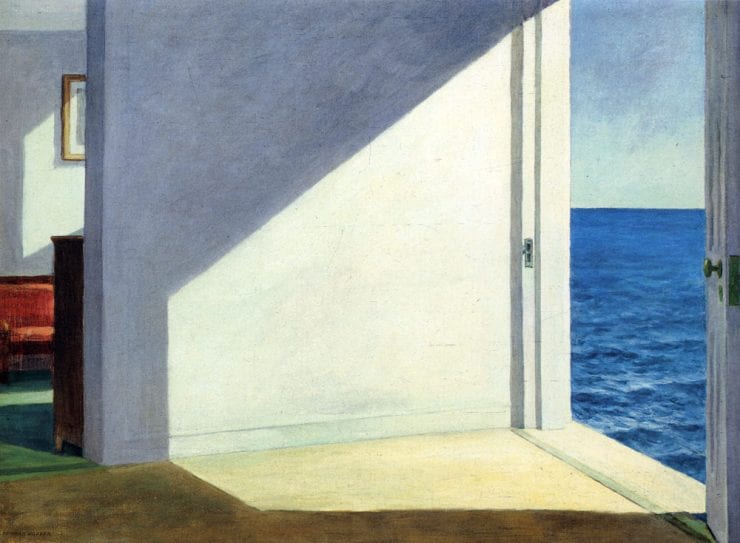I Can’t Get No Sleep
An expansive arena of dark and light opens its doors. Whoever knew so much space could exist between the pupil and that thin screen of vessel-rich skin, the eyelid? When we fall asleep, this limitless dark becomes the arena of hypnagogic hallucinations, the fleeting sensations that emerge between our wakefulness and sleep and through which we experience lucid dreams, sleep paralysis and our most familiar thoughts strung together in nonsensical sequences of shape and sound as they merge into dreams.
Hypnagogic hallucinations form the parapet between our conscious and unconscious states of mind. With a good night’s sleep, the sleeper will cross this parapet within minutes and reach the desired state of deep sleep beyond – R.E.M. sleep, where the body is able to restore and repair itself. Many of us, however, experience difficulty reaching beyond this parapet. Instead, we toss and turn through our sleeping hours, toeing the line between our conscious and unconscious states and unable, for one reason or another, to break through to the gushing, life-giving ocean of deep sleep.
For the last week, most of my nights have been spent just so. Of the eight hours I might spend in bed, no more than three of them are spent enjoying what I would call quality sleep. The rest merge into a haze of fall-asleep techniques and tools: deep breathing, square breathing; envisioning techniques. Body-scan meditations, muscle relaxation, counting breaths, recalling everything I did in the day backwards, reverse psychology on myself, (repeat “I must stay awake, I must stay awake” while keeping the eyes wide open until they’ve shut of their own accord); sleep mantras and positive affirmations, counting down from 50, counting down from 1000. Counting sheep till I’ve crammed the herds of Central Asia into the tiny pen of my mind. Sensory awareness, book reading, music listening, audio stories and yoga nidra. Writing down my thoughts, lavender and clary sage oil on the pillow, a shot or two of concentrated valerian tea, getting up and putting on my joggers to run rings around the park in the cold, deserted night like some sort of rabid coyote. Whisky, wine, zopaclone pills. Anything to distract the mind from latching to relentless thought after thought after thought.
All of these things I have tried over the years of my insomnia, reader, and all of them have worked at least once. The problem is, like many medications, the more you use them, the less effective they become. More and more, I find myself reaching the parapet of Hypnagogia only to be violently sucked back by the conscious mind into the hollow, dark room of reality. So this week, I am trying something new. Acceptance.
Admittedly, it’s a hard one to achieve because insomnia is a battlefield of resistant forces: the mind’s resistance to sleep and the person’s resistance to the workings of their mind. Even the body starts to resist relaxation as it inadvertently tenses forgotten muscles. To cultivate Acceptance, I play out a scene in which I meet with my own mind, to which I give a different form every time – sometimes a big shaggy dog, sometimes a child, or a wild horse, but mostly a big, shaggy dog. Then I sit down with it and start to stroke it very gently, in a similar way my parents stroked my hair to put me to sleep when I was a child, and I tell it everything’s OK. I whisper to it that it can keep working as much as it wants and I promise to look after it as best I can, but that it doesn’t need to work now. Every time it latches onto a thought, I pat it and repeat these words, gently.
Gradually, the mind stops latching to thoughts. The big shaggy dog sighs and lowers its head to lie down. In this scene, we sit side by side, my mind and I, and we watch the sea. Slowly but surely, Hypnagogia rises from the ocean in its bizarre shapes, patterns and disjointed dialogue. It doesn’t matter now whether we cross the parapet or not because we’re watching the best show on Earth, right here, in the infinite space between the pupil and that thin screen of vessel-rich skin, the eyelid.

Rooms by the Sea by Edward Hopper (1951)
